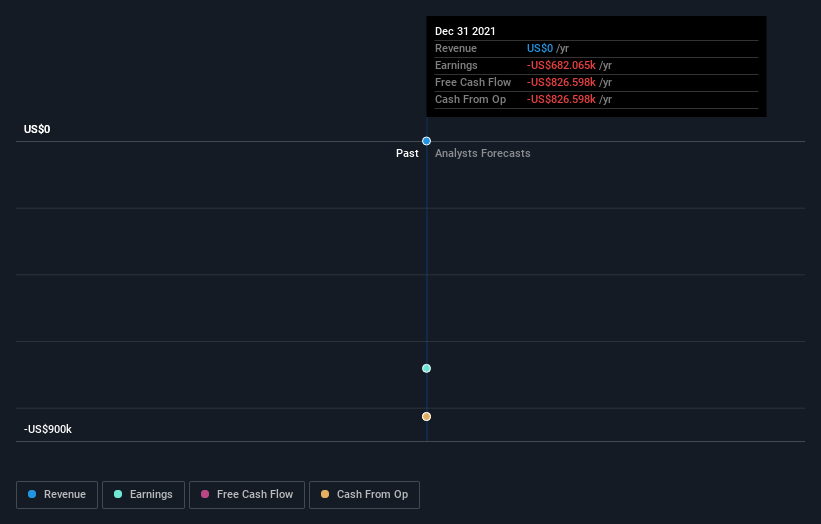What Kind Of Shareholders Hold The Majority In Schultze Special Purpose Acquisition Corp. II's (NASDAQ:SAMA) Shares?
A look at the shareholders of Schultze Special Purpose Acquisition Corp. II (NASDAQ:SAMA) can tell us which group is most powerful. Large companies usually have institutions as shareholders, and we usually see insiders owning shares in smaller companies. We also tend to see lower insider ownership in companies that were previously publicly owned.
Schultze Special Purpose Acquisition II is a smaller company with a market capitalization of US$202m, so it may still be flying under the radar of many institutional investors. Taking a look at our data on the ownership groups (below), it seems that institutions are noticeable on the share registry. We can zoom in on the different ownership groups, to learn more about Schultze Special Purpose Acquisition II.
View our latest analysis for Schultze Special Purpose Acquisition II
What Does The Institutional Ownership Tell Us About Schultze Special Purpose Acquisition II?
Many institutions measure their performance against an index that approximates the local market. So they usually pay more attention to companies that are included in major indices.
As you can see, institutional investors have a fair amount of stake in Schultze Special Purpose Acquisition II. This implies the analysts working for those institutions have looked at the stock and they like it. But just like anyone else, they could be wrong. It is not uncommon to see a big share price drop if two large institutional investors try to sell out of a stock at the same time. So it is worth checking the past earnings trajectory of Schultze Special Purpose Acquisition II, (below). Of course, keep in mind that there are other factors to consider, too.
Our data indicates that hedge funds own 45% of Schultze Special Purpose Acquisition II. That worth noting, since hedge funds are often quite active investors, who may try to influence management. Many want to see value creation (and a higher share price) in the short term or medium term. Our data shows that Schultze Asset Management, LP is the largest shareholder with 18% of shares outstanding. The second and third largest shareholders are RiverNorth Capital Management, LLC and D. E. Shaw & Co., L.P., with an equal amount of shares to their name at 7.2%.
We did some more digging and found that 6 of the top shareholders account for roughly 52% of the register, implying that along with larger shareholders, there are a few smaller shareholders, thereby balancing out each others interests somewhat.
While it makes sense to study institutional ownership data for a company, it also makes sense to study analyst sentiments to know which way the wind is blowing. As far as we can tell there isn't analyst coverage of the company, so it is probably flying under the radar.
Insider Ownership Of Schultze Special Purpose Acquisition II
While the precise definition of an insider can be subjective, almost everyone considers board members to be insiders. The company management answer to the board and the latter should represent the interests of shareholders. Notably, sometimes top-level managers are on the board themselves.
Most consider insider ownership a positive because it can indicate the board is well aligned with other shareholders. However, on some occasions too much power is concentrated within this group.
Our information suggests that Schultze Special Purpose Acquisition Corp. II insiders own under 1% of the company. It appears that the board holds about US$978k worth of stock. This compares to a market capitalization of US$202m. Many tend to prefer to see a board with bigger shareholdings. A good next step might be to take a look at this free summary of insider buying and selling.
General Public Ownership
With a 16% ownership, the general public, mostly comprising of individual investors, have some degree of sway over Schultze Special Purpose Acquisition II. While this size of ownership may not be enough to sway a policy decision in their favour, they can still make a collective impact on company policies.
Next Steps:
It's always worth thinking about the different groups who own shares in a company. But to understand Schultze Special Purpose Acquisition II better, we need to consider many other factors. Like risks, for instance. Every company has them, and we've spotted 3 warning signs for Schultze Special Purpose Acquisition II (of which 2 are a bit unpleasant!) you should know about.
If you would prefer check out another company -- one with potentially superior financials -- then do not miss this free list of interesting companies, backed by strong financial data.
NB: Figures in this article are calculated using data from the last twelve months, which refer to the 12-month period ending on the last date of the month the financial statement is dated. This may not be consistent with full year annual report figures.
Have feedback on this article? Concerned about the content? Get in touch with us directly. Alternatively, email editorial-team (at) simplywallst.com.
This article by Simply Wall St is general in nature. We provide commentary based on historical data and analyst forecasts only using an unbiased methodology and our articles are not intended to be financial advice. It does not constitute a recommendation to buy or sell any stock, and does not take account of your objectives, or your financial situation. We aim to bring you long-term focused analysis driven by fundamental data. Note that our analysis may not factor in the latest price-sensitive company announcements or qualitative material. Simply Wall St has no position in any stocks mentioned.

 Yahoo Sport
Yahoo Sport 







































